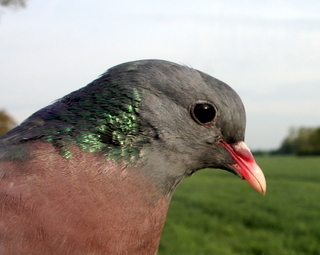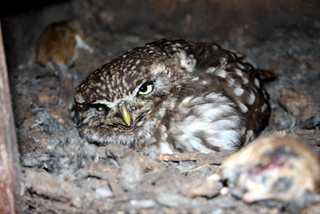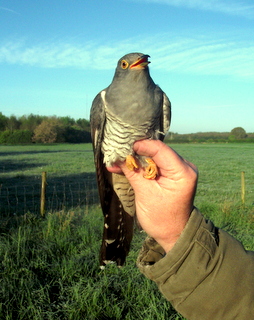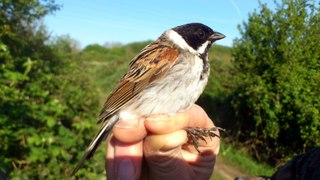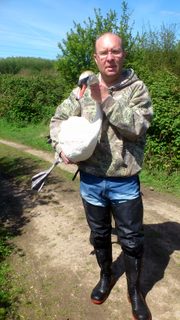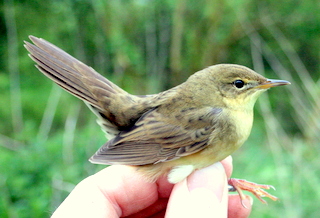17th May 2014 - Salisbury Plain (centre) & Swindon STW CES session 2
SALISBURY PLAIN (CENTRE)
After misisng a few weekends due to the weather and a big military exercise this was our first visit to the site since the Easter bank holiday.
The Nightingale's were all singing when we arrived with 5 now present. The fact that they continued singing throughout the morning was not a good sign as it means there probably aren't any females around.
The full range of warbler species are now all on site in numbers since the last visit and we caught good numbers of new and retrap Whitethroat's and Garden Warbler's and even manged 5 new Lesser Whitethroat's. Some Grasshopper Warbler's were singing in new locations so are either late arrivals or birds displaced by the army's artillery bombardment of their usual nesting area. These were quickly caught and we even got our second previous year retrap in the form of a male we caught a good few times last year that had two successfull broods. Hopefully as this bird did not appear to be one of those singing ir is already paired and breding again.
Mike from the West Wilts RG joinded us for the morning and was able to get his hands on a few nice birds including the Green Woodpecker pictured below.
On the way out we found one of the local pairs of Swallow's had a full clutch of eggs which means we will need to do a full check of all the artillery bunkers next time. We also managed a few broods of Tree Sparrow on the way home and a brood of Jackdaw's. GD/PD/OF/MH
Green Woodpecker 1, Wren 1, Dunnock 4(8), Robin 3, Nightingale (3), Blackbird 2(5), Song Thrush (1), Grasshopper Warbler 2(1), Lesser Whitethroat 5, Whitethroat 23(10), Garden Warbler 9(11), Blackcap 12(11), Chiffchaff 3(16), Willow Warbler 6(5), Blue Tit 2(4), Great Tit 1(1), Jackdaw 5 pulli, Tree Sparrow 7 pulli, Chaffinch 1, Bullfinch 3(2), Goldfinch 3, Linnet 3, Yellowhammer 5(1)
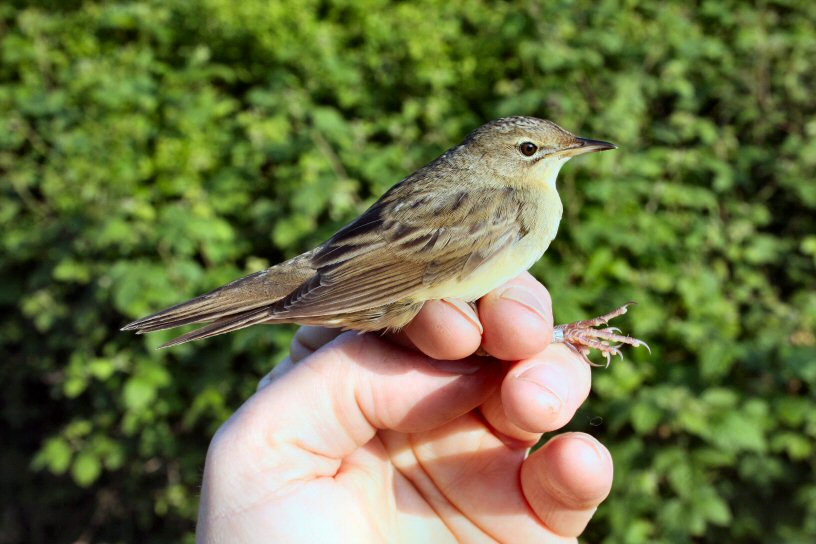
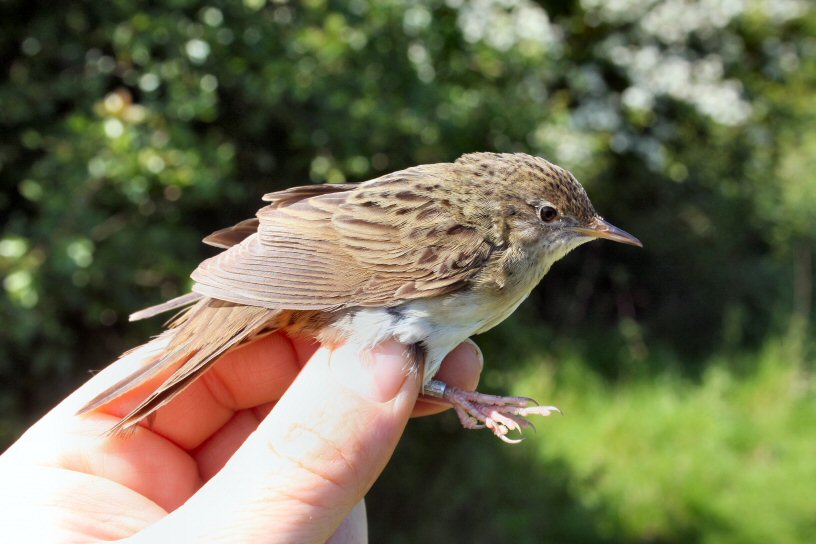

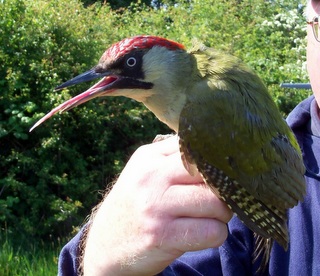
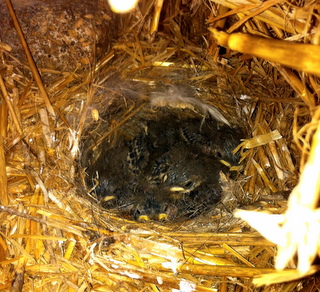 .
.